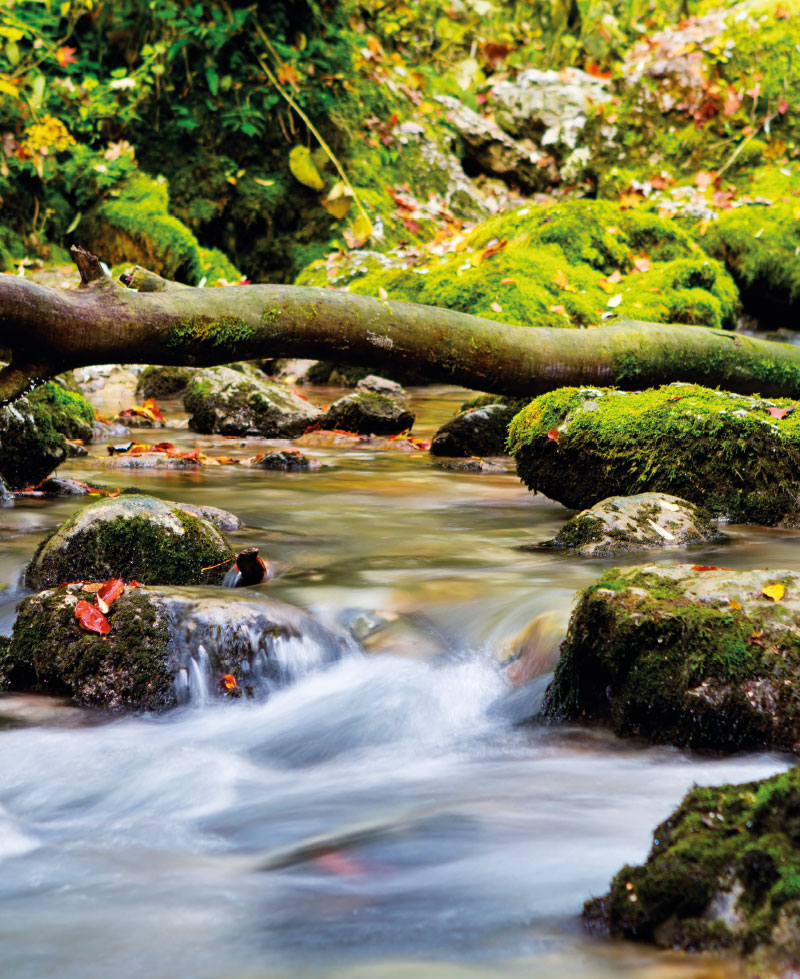Interpolation of selected discharge rates in ungauged fourth-order catchments in the Otava basin
Knowledge of catchment runoff values is the key to a wide range of engineering and scientific applications. However, direct measurements in the scope of all fourth-order catchments in the Czech Republic are not realistic. Standard methods for estimating these parameters are local regression models, rainfall-runoff models, or other interpolation techniques. Regression models provide reliable results, but the derivation of local regression equations is demanding on the amount of input and reference data. Rainfall-runoff models have their application in design activities at a local scale. Their application in the Czech Republic is not trivial and requires knowledge of precipitation distribution. Interpolation techniques provide a fast but often less reliable approach. Most of these interpolations are not primarily intended for hydrological applications; the exception is the Top-Kriging method.
Comparison of the quality of thalweg lines extracted from data of DMR 4G, DMR 5G and its derivatives
Determining the gradient of watercourses in the case of local applications is a common problem, which is most often dealt with by geodetic surveying. However, determining the gradient of all watercourses in the Czech Republic is a challenge. The use of geodetic methods on such a scale is usually unrealistic. Therefore, it is necessary to choose a different approach, such as the extraction of the gradient lines from other already existing elevation data. The DMR 4G and DMR 5G are elevation models currently available for the Czech Republic. For the extraction of gradient lines, it is necessary to create a digital terrain model (DTM) from the available datasets. Various interpolation methods are used for this. But which of the available interpolation methods is the most suitable? What role does the size of spatial resolution play in the quality of altimetry representation and subsequent sizes of the stored DTMs? To find answers to these questions, we chose four study sites (fourth order catchments) in the Otava river basin. Eight different DTMs were then created at each site, which were then compared. The results show that choice of raster size has a significantly greater influence on the resulting quality of the gradient lines than the choice of interpolation method in the case of DTM creation from DMR 5G data. DTM from DMR 4G data gives worse results than from DMR 5G at the same raster resolution.

